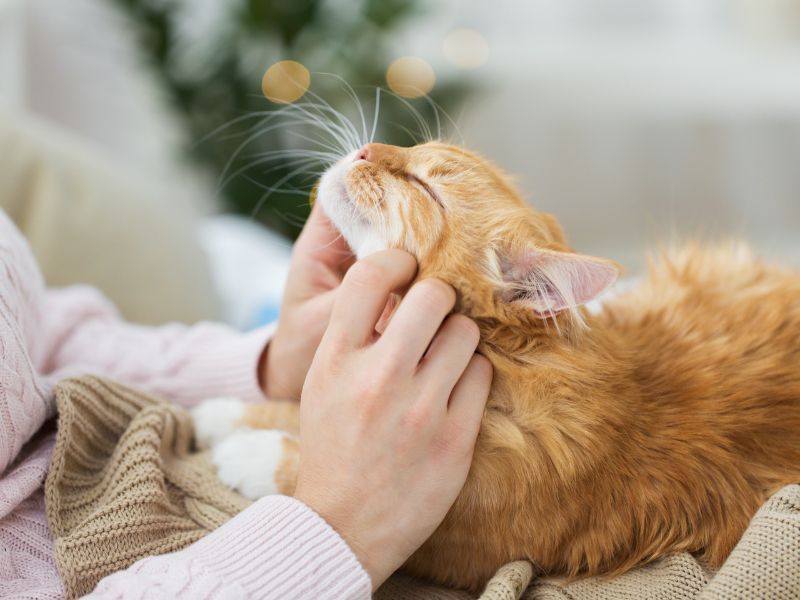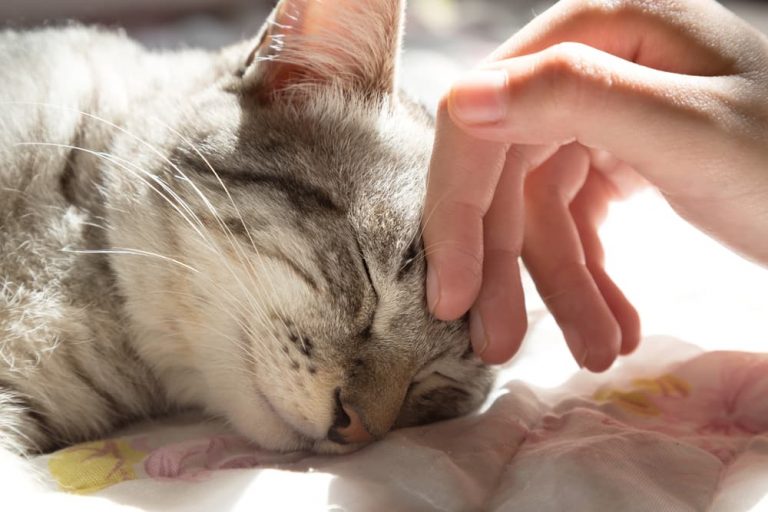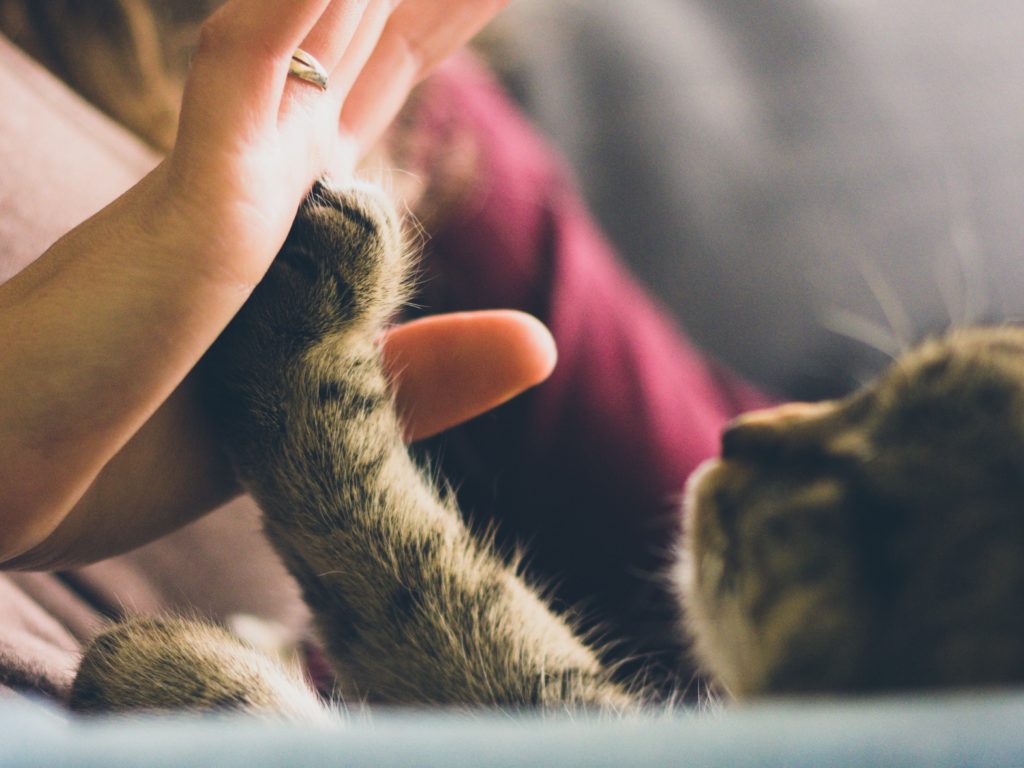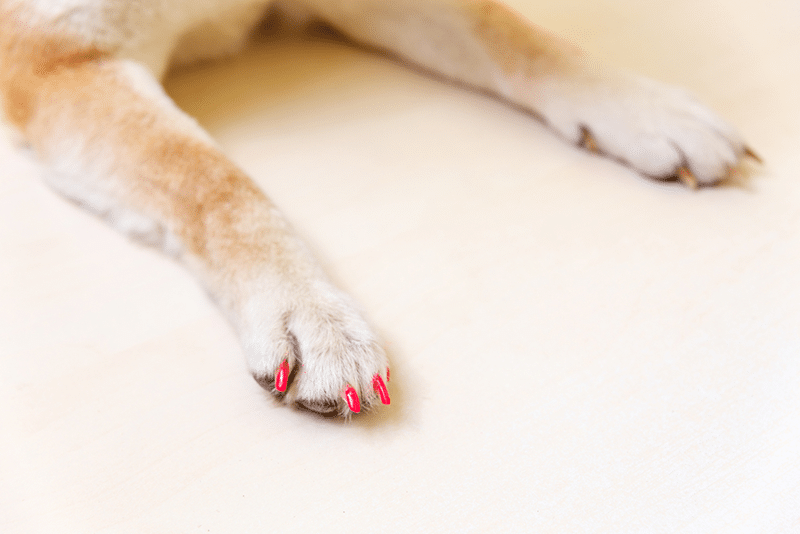Bepanthen is for humans and is not safe for cats, so you should not put it on your cat’s wound. However, when you have a wound, it’s generally recommended to clean and dry it and apply a bandaid or adhesive bandage twice a day.
Additionally, keep the wound cool and dark.If you have a large wound or if it is infected, you should consult a doctor.
What Are the Risks of Using Bepanthen On Cats?
While Bepanthen can offer benefits for cats, potential risks such as allergic reactions, ingestion concerns, and inappropriate application underscore the importance of cautious and informed usage.
Allergic Reactions and Sensitivities in Cats:
Cats can have allergies or sensitivities to various substances, including those found in human products like Bepanthen.
Moreover, applying such products to a cat’s skin can lead to allergic reactions, causing discomfort, itching, and skin irritation. Veterinarians can help identify safe alternatives for your cat.
Ingestion Risks and Potential Harm to Cats:
Cats are meticulous groomers and may ingest substances present on their fur or skin. Bepanthen and other products not intended for cats could be harmful if ingested.
Furthermore, ingestion might lead to gastrointestinal issues, toxicity, or even more severe health problems.
Importance of Using Products Specifically Designed for Cats:
Cats have unique physiological needs, and products designed for human use may not account for these differences.
Moreover, cat specific products are formulated to be safe for feline skin and are less likely to pose risks if ingested during grooming.
What Is Bepanthen and How Is It Used?

Bepanthen is a popular ointment known for its versatility in skincare, commonly used to soothe and protect skin against irritation, especially for diaper rash and minor cuts.
Description of Bepanthen Ointment:
Bepanthen is a well-known ointment that contains an active ingredient called dexpanthenol, which is a form of vitamin B5.
Moreover, it is a water-based substance that is often used topically to help moisturize and protect the skin.
Bepanthen ointment is typically marketed for its role in promoting skin healing and preventing dryness. It’s commonly used in various skin care applications for humans.
Intended Use for Humans, Particularly in Diaper Rash Treatment:
Bepanthen is frequently used in the treatment and prevention of diaper rash in infants. The ointment’s moisturizing properties are intended to soothe irritated skin and create a barrier against moisture and friction.
Moreover, this is particularly relevant in the context of diaper rash where the skin can become irritated due to prolonged exposure to moisture and friction from diapers.
Components of Bepanthen, Including Dexpanthenol (Vitamin B5):
Dexpanthenol, the active ingredient in Bepanthen, is a derivative of pantothenic acid (vitamin B5), which is essential for cell growth and repair.
When applied topically, dexpanthenol is believed to convert into pantothenic acid within the skin, contributing to the healing process. Additionally, it’s thought to support the regeneration of the skin’s barrier function and aid in maintaining skin health.
What considerations for using Bepanthen on cats?
When considering the use of Bepanthen on cats, factors like ingredient safety, veterinary consultation, and appropriate application methods become crucial for ensuring the well being of your feline companion.
Highlighting Differences Between Human and Feline Physiology:
Cats have distinct physiological differences compared to humans. Their skin structure, pH balance, and metabolism can vary significantly.
What’s safe and effective for human skin might not be suitable for cats. Cats also have a tendency to groom themselves extensively, which can lead to the ingestion of substances applied to their fur.
Cats’ Grooming Behavior and Risk of Ingestion:
Cats groom themselves by licking their fur, and this behavior can result in the ingestion of any substances present on their skin or fur.
Additionally, when considering applying products like Bepanthen to cats, it’s crucial to recognize the potential for ingestion. Ingesting substances not meant for feline consumption can lead to various health issues.
Potential Consequences of Using Bepanthen on Cats:
If Bepanthen, designed for humans, is applied to cats, it might result in adverse reactions such as skin irritation, allergic responses, or digestive issues if ingested during grooming.
Furthermore, some substances that are safe for humans can be toxic to cats. It’s essential to consult a veterinarian before using any product on your cat’s skin.
How To Care for Cat Wounds Properly?
Caring for cat wounds properly involves a series of steps, including cleaning the wound, applying medication if necessary, preventing licking, and keeping a watchful eye for signs of infection or complications.
Importance of Veterinary Advice for Cat Wound Treatment:
When your cat has a wound, seeking veterinary advice is crucial. Veterinarians are trained to diagnose and treat various conditions that affect cats, including wounds.
Additionally, they can accurately assess the severity of the wound, potential underlying issues, and recommend appropriate treatments. Moreover, this ensures that your cat receives the best possible care tailored to its individual needs.
Steps to Take When a Cat Has a Wound:
Cleaning the Wound: Gently clean the wound using a mild, cat-safe antiseptic solution and sterile gauze.
Additionally, this helps remove debris and prevent infection. Avoid using harsh substances or alcohol, as they can irritate the wound.
Seeking Professional Veterinary Help: Even seemingly minor wounds can lead to complications if not properly treated.
However, if the wound appears deep, is bleeding excessively, or shows signs of infection (swelling, redness, pus), it’s essential to seek veterinary care promptly.
Appropriate Medications and Treatments for Cats: Veterinarians may prescribe antibiotics or other medications to prevent or treat infections.
Additionally, they might recommend topical treatments specifically designed for cats. Follow their guidance closely to ensure your cat’s wound heals properly.
Why consult a veterinarian?

Veterinarians are trained professionals who specialize in animal health. They have the expertise to diagnose conditions, recommend appropriate treatments, and provide necessary medical care. Their knowledge extends to cat-specific health concerns and considerations.
Before applying any product to your cat, including those considered safe for humans, consult a veterinarian.
Moreover, they can offer insights into the product’s suitability, potential risks, and alternative options that are better tailored to feline health.
FAQ’s
What cream can you put on a cat’s wound?
Consult your vet for cat-specific wound creams or ointments. Veterinarians can recommend safe options.
Can I use human cream on my cat?
Human creams are generally not suitable for cats due to their different physiology. Consult a vet for appropriate care.
Is there an ointment safe for cats?
Yes, your vet can suggest safe ointments designed for cats’ unique needs.
Can I put Vaseline on my cat?
It’s not recommended. Cats may ingest it while grooming. Consult a vet for safe alternatives.
Can I put Vaseline on a cat wound?
Avoid using Vaseline on cat wounds. Consult a vet for proper wound care.
Is coconut oil safe for cats?
While some use coconut oil, it’s best to consult a vet before using any product on cats.
What is the fastest way to heal a wound on a cat?
The fastest way is proper veterinary care. Vets can assess, clean, and provide suitable treatments.
What can I put on my cat’s open wound?
Consult a vet for advice. They’ll recommend appropriate treatments for your cat’s wound.
Final Thought
In conclusion, the decision to use products like Bepanthen on your cat’s wounds requires careful consideration and adherence to feline-specific care practices.
While Bepanthen is a well-known ointment with benefits for humans, its application to cats should be avoided due to the distinct differences between human and feline physiology.
Additionally, cats’ grooming behavior and potential ingestion of substances add an extra layer of complexity when considering topical treatments.
Ultimately, the consultation with a veterinarian serves as the cornerstone of responsible pet ownership. Their role in diagnosing and treating cat health issues is invaluable, and seeking their guidance before introducing any product to your cat’s care regimen is a prudent approach.
By prioritizing expert advice and feline-specific products, you ensure that your beloved cat receives the optimal care it deserves.










